Here are 20 ways we can be good to each other on the trail and help ensure our favorite areas remain available for us to ride
Always slow down and yield to pedestrians, equestrians, and skiers—especially seniors and kids. Horses can get spooked and act unpredictably; stop your bike and let them pass, or ask the equestrian how best to proceed.
People can get spooked too, if they don’t know you’re there. Let others know you’re coming up behind them. A bell-ring or a hello is good. If you’ve found an appropriate place to pass, let them know, such as “Hi, I’m passing on your left.” And don’t forget “Thank you!”
Let faster riders pass. It only takes a couple seconds and you’ll both be more comfortable.
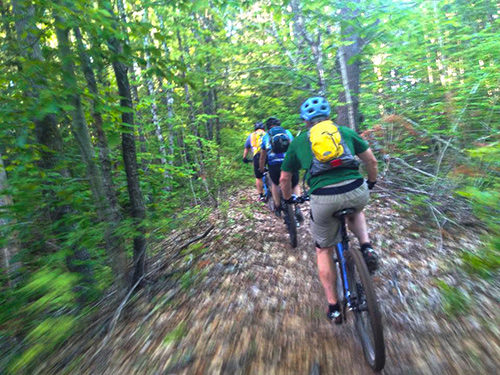
Unless otherwise posted, downhill riders yield to uphill riders.
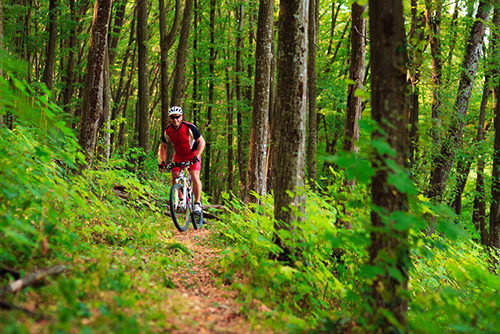
When you stop, pull slightly off the trail so others may pass.
Leave no trace—no trash, no defacing, no skid marks. Take only pictures.
Always read the kiosks. Follow direction there and on trail signs.
Don’t ride trails when they’re closed. You’ll do damage, give us a bad name, and wreck the trails for everyone.
Choose not to ride trails that are particularly soft and muddy, even if they’re not closed. A good guideline is to let trails dry out a day for each day it rains. When it rains, let it drain.
Don’t ride unauthorized trails. You’ll jeopardize our ability to ride the rest.
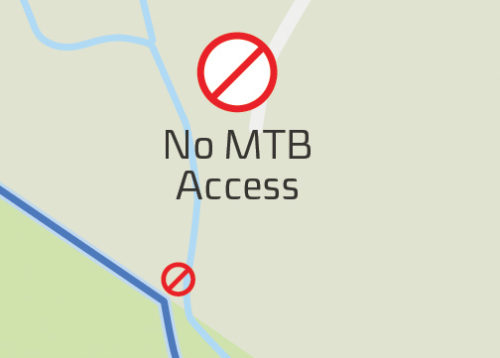
Ride the middle line. When you come across a puddle, slowly ride through—not around. If we ride at the edges of trails, they widen and become harder to repair or improve. And don’t cut corners.
Pitch in. Trail building and maintenance don’t happen magically. If you ride it, work on it.
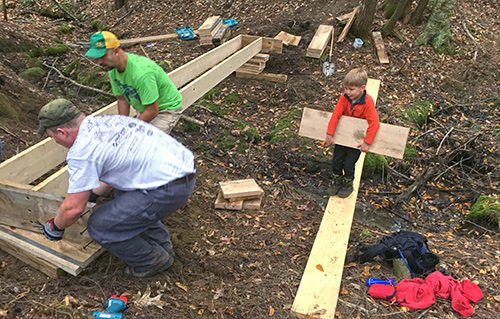
Stop and lend a hand when you see a rider with a mechanical issue. Sometimes just having someone hold things is a big help.
Whether riders, pedestrians, skiers, or equestrians—when groups cross in opposite directions, let the other group know how many riders are behind you, especially if your whole group isn’t visible.
Where riding with your dog is permitted, be sure to keep in control at all times. Even a friendly dog hello is not welcomed by everyone.
When approaching a tricky spot or obstacle that might not be visible to the person behind you, let them know—like, “bridge coming up” or “low branch!”
When riding at night behind someone with a helmet light, let them know when the indicator signals a low battery (usually yellow or red). It might be time to head back.
When riding with others, regroup away from homes and refrain from being noisy in populated areas.
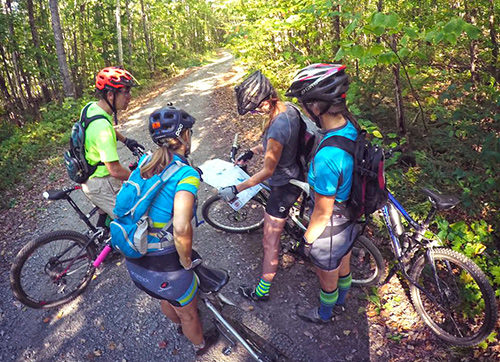
When with others at night, regroup well away from road crossings. Cars sometimes can’t figure out what’s going on with multiple lights moving in random directions. Let’s not confuse them.
When you discover a problem on the trail (bees nest, broken bridge, etc.) take a minute to notify the organization that cares for the trails.

